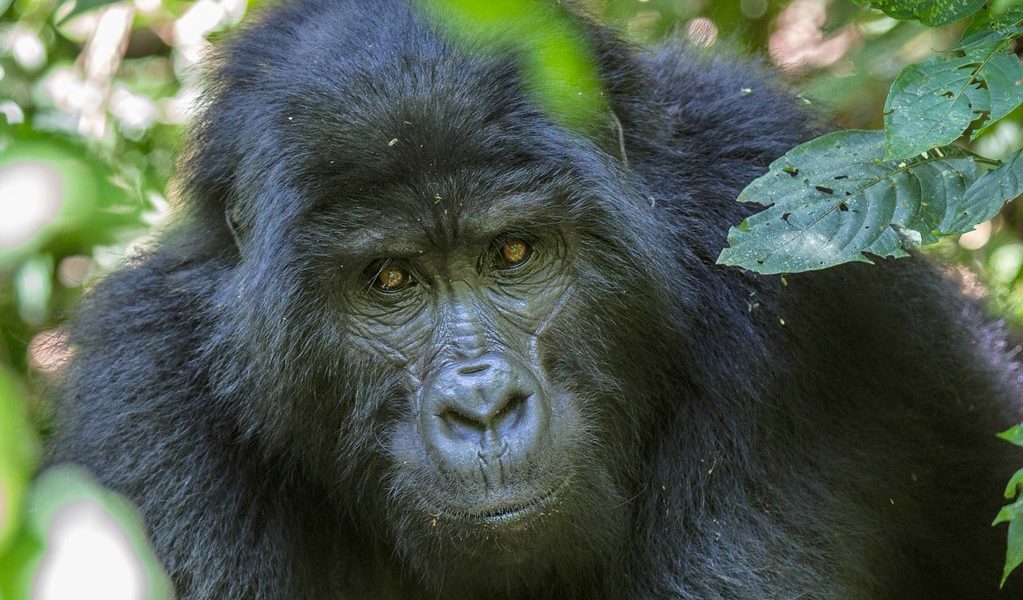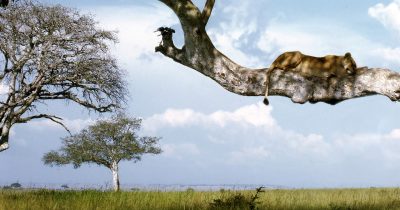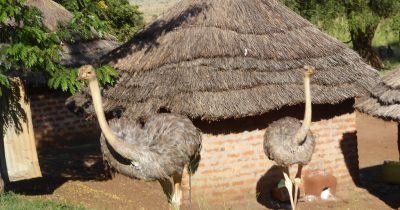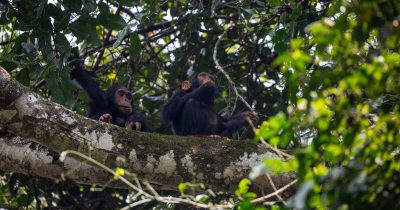Welcome to Bwindi Impenetrable National Park – the home to critically endangered mountain gorillas. Dense, thick vegetation and tall trees forming a canopy over the forest creating a pitch of darkness within the forest is what best describes Bwindi which also means “darkness” in the local dialect. With over 400 different plant species and 324 tree species that undeniably contribute to the impenetrability of the park. This vegetation cover fortunately favors the settlement of endangered mountain gorillas and Bwindi is reported to hold the largest population of these species with over 600 of them – almost half of the global population.
As far as gorilla trekking is concerned, the number of gorilla families available determines the number of people who can visit the park per day since only 8 members per group are allowed to visit these families. Bwindi has very many gorillas, therefore the number of trekkers is also high which makes it the most visited park for gorilla trekking. Bwindi is followed by Mgahinga National Park and these are the only two parks in Uganda that offer gorilla trekking adventures.
Location
Bwindi is located in the South West of Uganda and was declared a UNESCO World Heritage site in 1994 to promote efforts to conserve these endangered species. Gorilla trekking is carried out for $800 for foreign non-residents, 700$ for foreign residents, and UGX 250,000 for East African nationals. The Park currently has 20 habituated gorilla groups and one of them is still undergoing a habituation process that takes a minimum of two years.
What is the gorilla habituation experience?
Gorilla habituation is the process by which wild gorillas are trained to get familiar with human beings and remain calm when they do come closer to them. The good news is that tourists now have the opportunity to be part of the gorilla habituation process by participating in it for $1500 per person. During this activity, one gets to spend more than 4 hours with the gorillas and learn about how they are trained and what sessions they go through.
You can carry out gorilla trekking in any of the four sectors; Buhoma, Rushaga, Ruhija, and Nkuringo which are differently unique in accessibility, altitude, gorilla families, and natural features. Buhoma is known for being closer to the Ishasha Sector of Queen Elizabeth National Park which is a renowned home of tree-climbing lions therefore once in the Buhoma sector, there are higher chances of driving to the Ishasha sector to see these carnivores.
Rushaga is where the gorilla habituation process can be carried out before gorillas are open for normal trekking. Ruhija is one of the coldest parts of the park and while here you can hike to Rwamunyonyi peak. The Nkuringo sector is where the Nkuringo family stays and this family is known for displacing people who stayed near the park.
Besides gorillas, there are lots of species to watch out for like over 350 bird species for the bird lovers and over 200 butterfly species that can be seen flying around. Other primates chimpanzees and monkeys are just a section of the 120 animals present in Bwindi. A visit to Bwindi is a roller coaster of adventures.
What to do while in Bwindi Impenetrable National Park?
Let’s look at some activities you can add to your adventure while in Bwindi Impenetrable National Park.
Gorilla trekking experience
This famous activity tops our list; one actually can’t visit Bwindi and not participate in a gorilla trekking adventure. This activity is challenging yet exciting because you get to trek through the dense forest in search of a designated gorilla family. These treks are tiring depending on how far the group is however finding them is a reward that makes you forget how tiring the trek was. A gorilla trek begins very early in the morning, kicked off with a briefing done by the park rangers and it takes 5-6 hours inclusive of one hour that you spend with mountain gorillas. Permits that cost $700 are required to take part in this exhilarating activity.
Gorilla Habituation adventure
Similar to gorilla trekking with a slight difference in visiting gorilla groups that are not yet fully habituated and also the time you spend here is longer taking about 4 hours and more. These unique additions however come for $1500 per person.
Birding
The vegetation within Bwindi has created a bird’s haven with over 350 different bird species of which 23 are endemic to the Albertine region. Bird lovers will get to see the likes of the White-tailed blue monarch, Kivu Ground Thrush, and Rusty-Faced woodland warbler only found in this region and nowhere else.
Cultural Tours
Close to the parks’ neighboring areas consists of communities exhibiting different unique practices. One of these is the Batwa people who were former inhabitants of the Bwindi Forest before they were evicted by the government to reserve the area.
During their stay in the park, they used to gather fruits and stay in huts, interestingly they still carry on their living culture till today. The other people are the Bakiga who carry out farming at the park foothills and also trade their produce and other crafts in trading centers close to the park. A visit to them will open your eyes to how different people manage to survive in today’s world.
Nature Walks
Take in the beautiful nature and surroundings of Bwindi forest by taking a walk through the park. There are already-made trails you can follow through in either of the park sections. During these walks you get a chance to bond more with nature by coming across different plant and animal species, bird and butterfly species not forgetting the playful monkeys and chimps jumping from one tree to another.
How to get there and when to visit Bwindi National Park?
Access the park through the Kampala-Mbarara highway which is an 8 hours long drive, using a charter plane from Entebbe International Airport to Kihihi or Kisoro airstrips, it takes almost an hour to get there from which you are later driven to the park that’s just less than 40 minutes drive away.
Visiting is usually done during the dry season in which the weather is favorable for hiking as there is less rain hence the trails are dry and not that muddy, unlike the wet season where they get muddy and slippery causing a horrible experience. However, the park is open all year round and can be accessed at any time.












